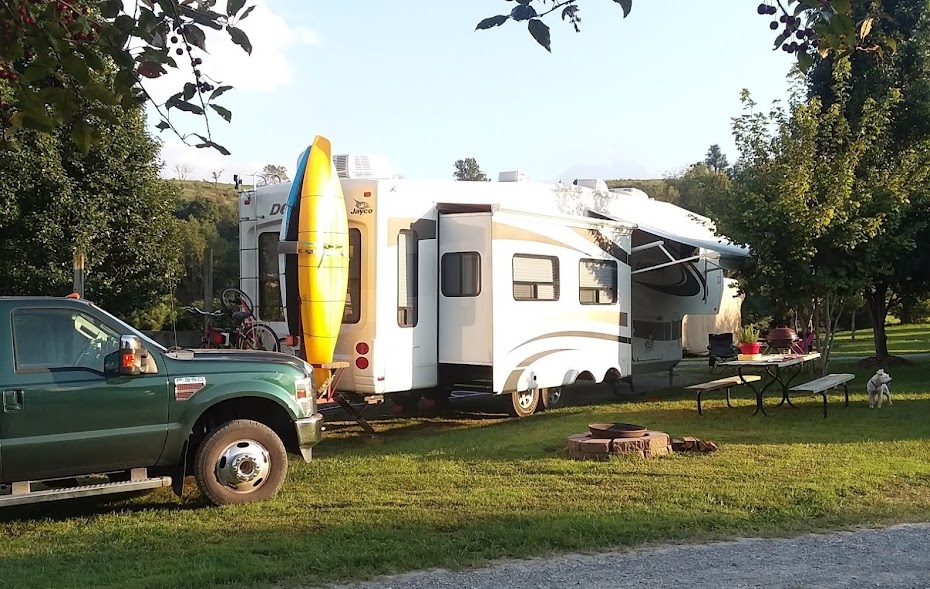But before we leave this part of Arizona, I want to share a great field trip that many of us took recently to Robson's Mining World. From our campsite here at the retreat center we can see the mountains to the northwest where Robson's is located.

Just 20 miles outside historic Wickenburg, Arizona, Robson's is one of the oldest and best preserved original mining claims in Arizona. This truly unique spot is surrounded by the second largest Saguaro cactus forest in Arizona and encompasses some of the most extensive Yavapai Apache petroglyphs in the state. Robson's includes artifacts, antiques, books dating back to the 18th century, and much more.

The first claim to mine on the vast property was in 1917 when the Wesley Rush family operated what was then called the Gold Leaf Mine. In 1924, the mine changed hands to Ned Creighton who renamed it the Nella-Meda Mine in honor of the Rush daughters. Operation continued for 18 years until the U.S. Government closed down all gold mines. The mine engineer and caretaker, Harold mason, eventually took over the property until his death in 1979, when Charles and Jeri Robson, restored many of the buildings and added additional facilities including the Hotel. Western Destinations, a tour company, acquired the property in 2009.

Although it is open to the public, you have to be interested and determined to drive the ROUGH gravel road up the the village. Once there, the caretaker and his family are most gracious hosts.

 |
| Main street of the "ghost town" |
I have to admit that I didn't spend too much time looking at the artifacts and collections. Another guy and I hiked up the trail/mountain to find the aforementioned petroglyphs.

 |
| A giant geode? |
It took a LOT of "boulder hopping" (I was sore and tired the next day) to get to the petroglyphs. We looked all over for a rock wall or rock outcrop for them, but we were having no luck. Then I practically tripped over one.


Well, duh, they were on the boulders all around us but we weren't looking for them there. But once we found one, we began to see many others, too.


Some of the rock pictures jump right out at you. For others, you have to squint and hold your tongue just right in the corner of your mouth.
We also discovered a cave and this shallow place that had obviously been used as a shelter by some person or animal.

 |
| bones in the shallow shelter |
At one point I climbed to the highest point on this ridge where you could look out over the desert for many miles. WOW!
On Monday after Easter we'll be heading north up to the Petrified Forest and Painted Desert near Holbrook, AZ. We spent a little time there last June, but want to do a more thorough visit on our way home. Then, we will do an overnight stop in Albuquerque on our way over to the Grand Canyon of Texas near Amarillo. I'll try to post again from there.














































